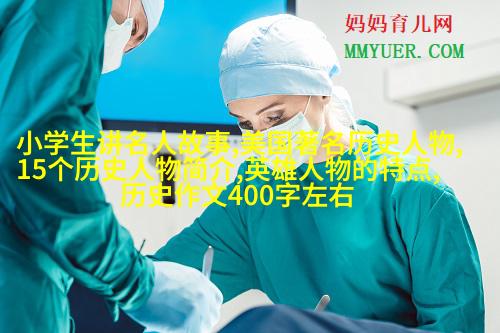Unveiling the Enigmatic Leonardo da Vinci: A Master of Art and Science

Early Life and Education

Leonardo da Vinci was born on April 15, 1452, in a small village called Vinci, near Florence, Italy. His father was a notary named Messer Piero Fruosi di Antonio da Vinci and his mother Caterina Buti. As an illegitimate child at that time, he had no right to bear his father's surname so he took his mother's name as "da Vinci". He grew up with little formal education but showed keen interest in art from early age.

Leonardo's fascination for art led him to apprentice under the famous artist Andrea del Verrocchio in Florence when he was just 14 years old. During this period he developed exceptional skills in painting, sculpture and engineering which would later become the hallmark of his work.
Artistic Legacy
Da Vinci is widely regarded as one of the greatest painters who ever lived. His most famous works include Mona Lisa (also known as La Gioconda) and The Last Supper (La Ultima Cena). The Mona Lisa is considered one of the most enigmatic paintings ever made because her smile seems to convey both happiness and sadness at once making it difficult for viewers to interpret her emotions accurately.
The Last Supper is another masterpiece by Da Vinci where Jesus Christ shares bread with twelve apostles before Judas Iscariot betrays him leading to Jesus' arrest by Roman soldiers according to Christian tradition. What makes this painting unique is its use of perspective which gives depth perception making it seem like we are part of that moment witnessing what happened between them all those centuries ago.

Scientific Innovations

Da Vinci was also a prolific inventor who envisioned flying machines long before they were actually built or even thought possible! He drew detailed sketches illustrating how humans could fly using wings similar to birds or build contraptions supported by wire mesh fabric covered with linen soaked in wax.
He also designed various types of submarines underwater vessels propelled by hand-cranked screws submerged beneath water surface; these designs remain remarkably close modern-day submersibles used today for exploration purposes like deep-sea dives into shipwreck sites filled with treasures waiting discovery!
Anatomical Studies
Da Vinci studied human anatomy extensively through dissections performed during public lectures held annually at university medical schools around Europe - especially Paris University where French King Francis I invited him after winning war against Spain leaving France free from Spanish occupation allowing people more freedom including access educational institutions again! Through these studies Da Vincis drawings provided accurate depictions internal organs such as heart muscles veins etc., thus contributing significantly towards development field medicine & surgery techniques improving health care quality across centuries ahead!
Legacy Today
Today we remember Leonardo da Vincis life-long pursuit knowledge artistic expression scientific inquiry combined creativity innovation helping shape our understanding world around us shaping future generations yet unknown possibilities awaiting discovery invention always keeping us inspired dream big dreams come true!
